
Is your Site EPA Ready?
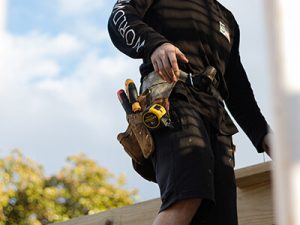
In May 2021, the Environmental Protection Agency (EPA) issued $383,167 in fines during their Get the Site Right blitz in NSW. Another blitz is coming with more inspections planned, so we’re doing our bit to help businesses be proactive with environmental compliance. In this article we’ll cover off what the EPA are targeting and the measures you can take to keep your worksite compliant.
One of the EPA’s biggest findings during the blitz was a lack of erosion and sediment controls on building sites. Environmental compliance breaches were widespread in construction, including home builders and renovators.
Why is Sediment Control Important?
Sediment on building sites can include materials such as sand, soil and cement. When it rains, these materials can end up as runoff, entering stormwater drains and waterways. You might not think this is so bad – after all, sand and soil are natural materials, right? The fact is that even a small amount of sediment can cause catastrophic damage. The damaging impacts of sediment on waterways can result in blocked drains and flooding. Sediment can also kill aquatic plants and animals including fish and birds. If we consider Australia’s thousands of ongoing construction projects, these environmental risks become multiplied.
What can I do to Control Sediment?
So we know that sediment is bad for the environment, but how can we fix it? Luckily there are a broad range of sediment controls that can help to protect waterways and prevent EPA fines. It’s important to note that there’s no single fix-all – in many cases best practice involves a combination of sediment controls. With that, let’s check out some of the most common sediment control methods.
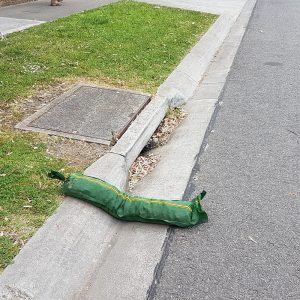
Traditional Sediment Traps
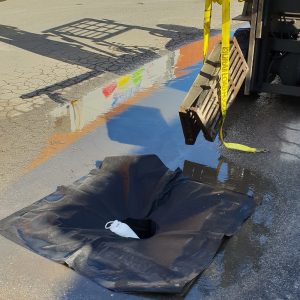
Silt Socks are a low cost, tried and trusted method of trapping silt and sediment. The basic design of silt socks has remained unchanged for decades, consisting of a mesh sleeve which is filled with rocks or gravel. Something that has improved over time is the material silt socks are made from – these sleeves are made from heavy duty UV-resistant geotextile mesh. Silt socks allow water to pass through as silt and sediment settle behind the sock. Common silt sock complaints include movement from people or high velocity water, affecting performance. Silt socks often become damaged and split if driven over, which is why they’re suitable for temporary use only.
Coir Logs are made from natural coconut fibres which are contained in a coir netting. These fibres trap silt while allowing water to seep through. You’ll commonly find coir logs on sandbanks and hills protecting against soil and sand erosion. Coir logs can also protect drains in a similar way to silt socks when placed over or upstream of water flow. Over time these natural logs will biodegrade and become part of the natural landscape. They are also less prone to movement because of their heavier weight.
Silt Fencing is designed to reduce the amount of sediment runoff from building sites. Made from heavy duty UV-resistant silt mesh, silt fences trap suspended sediment particles while allowing water to pass through. They’re good for embankments where there’s ground disturbance.
Drain Pollution Guards are a cost-effective way of protecting box or v-grate drains. Insert these guards under drain grates to capture rubbish, debris and coarse sediment. If there’s a risk of hydrocarbon contamination, use a secondary bilge boom to absorb oils, solvents and fuels.
Innovative Sediment Traps
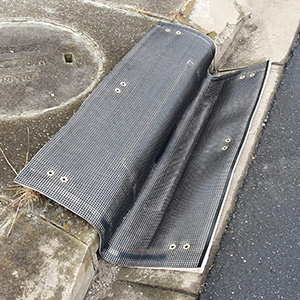
Damsocks are an innovative alternative to silt socks and work in a similar way. However, instead of using rock to trap sediment, Damsocks use Spilltration filtration media. Use them to form a barrier around swales, box drains or side inlet drains. This barrier contains the contaminated stormwater and creates a damming effect, which allows cleaned water to seep through, free of sediment and hydrocarbons.
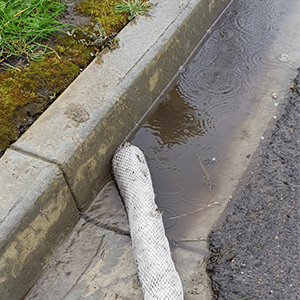
The GuardDog Drain Filter is one of our most popular sediment control products. This filter mat secures to the outside of drains, trapping sediment and hydrocarbons. The low-profile GuardDog features heavy duty mesh on the outside which is vehicle and street sweeper compatible. The GuardDog is available to suit kerb inlet and standard drains. Custom sizes are also available.
Stratex offers a range of solutions for environmental compliance, if you’d like more information on how we can help you to get your site right, contact us on 1300 991 180 or email [email protected].









